Born in the 10th century in Iran’s Khorasan, Abu Rayhan al-Biruni was a Muslim astronomer, mathematician, ethnographer, anthropologist, historian, and geographer.
In his poem preserved in a medieval biographical dictionary, al-Biruni stated that he didn’t know much about his family background.
Spending the initial two decades of his life in Khwarazm, al-Biruni studied theology, grammar, mathematics, astronomy, medicine, etc.
After a period of extensive travels to escape the tumultuous political situation, he joined the court of Mahmud of Ghazni and accompanied him on his campaigns to India.

The 11th-century Iranian scholar and polymath measured the diameter of the earth, advocated for the earth’s movement, and observed a lunar eclipse only at the age of 30.
Akhbar S. Ahmed, an anthropologist and a renowned scholar of Islam, regards al-Biruni as the first anthropologist.
From the scientific literature of the Babylonians to those of the Romans, to ancient Indian texts on astrology, Al-Biruni learned from it all. Like other Muslim scholars from the Golden Age of Islam, he was also hungry for knowledge.
Although only one-fifth of his works have survived, al-Biruni is regarded as the most prominent figure in the multitude of universally revered Muslim scholars.
The top scholar wrote tens of books, most of which were on astronomical and mathematical subjects. His book on Indian culture is by far the most important of his encyclopedic works.
Listing his works is relatively easy, for he produced an index of his works up to when he was about 60 years old. However, he lived well into his seventies, and, since some of his surviving works are not mentioned in this index, the index is a partial list at best.
Adding all the titles in the index, as well as those found later, brings his total production to 146 titles, each averaging about 90 folios.
Almost half of the titles were on astronomical and mathematical subjects. Only a minuscule number of his output, 22 titles, has survived, and only about half of that has been published.
Al-Biruni as astronomer
As an astronomer, al-Biruni compiled the encyclopedic scientific work “Al-Qānūn al-Masʿūdi” (The Masʿūdic Canon), in which he gathered together the astronomical knowledge of his predecessors and also added his original inputs in the form of tabular functions to facilitate the computation of planetary positions.
His “Al-Tafhīm li-awāʾilṣināʿat al-tanjīm” (Elements of Astrology) is still regarded as the most comprehensive book in the field.
Long before the discovery of the telescope, the celebrated astronomer regarded the Milky Way as a collection of countless fragments of the nature of nebulous stars.
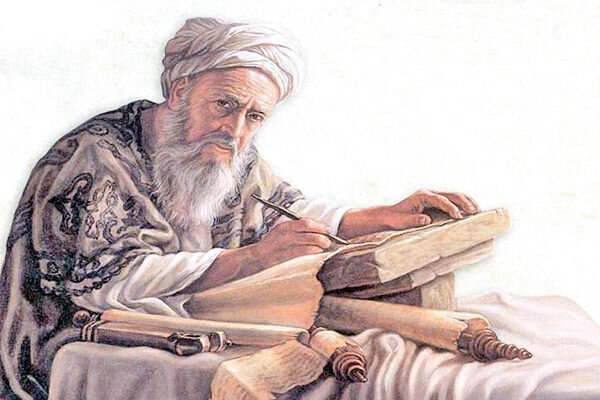
Al-Biruni as mathematician
In “Ketābfīefrād al-maqālfīamr al-ẓelāl” (exhaustive treatise on shadows), al-Biruni developed the familiar trigonometric definitions and applied them to religious practices for determining times of prayer and finding the direction of Mecca.
He developed new algebraic techniques, wrote on arithmetic, and also worked extensively on determining longitudes and latitudes on land.
The legendary mathematician became the first person to define pi as the result of the division of two other numbers (the circumference of a circle and the diameter), whereas his predecessors had defined it as a geometric ratio.
Reported by Tohid Mahmoudpour



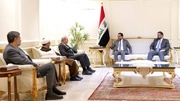

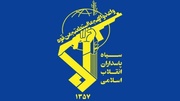


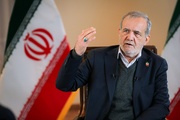

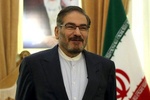
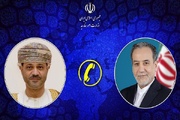

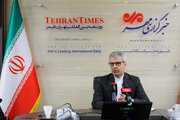




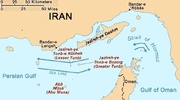



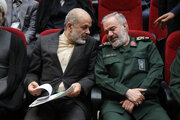



Your Comment